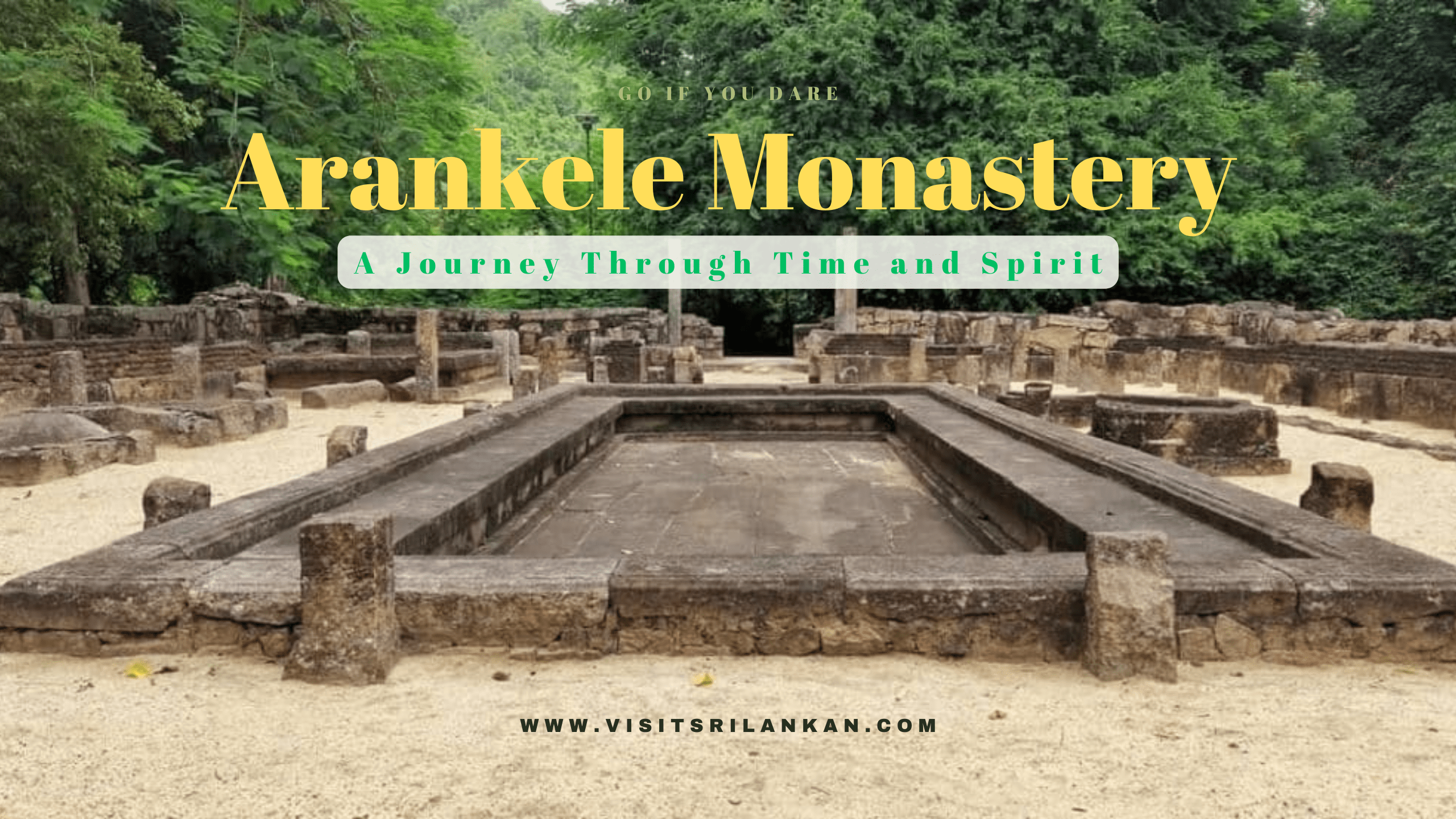Introduction
Nestled within the rich historical tapestry of Sri Lanka lies an architectural gem that transcends time – the Gal Vihara. This exquisite rock temple complex, located in the ancient city of Polonnaruwa, showcases a breathtaking display of ancient Sri Lankan craftsmanship and devotion. Let’s embark on a journey to explore the marvels of Gal Vihara and delve into the secrets it holds.
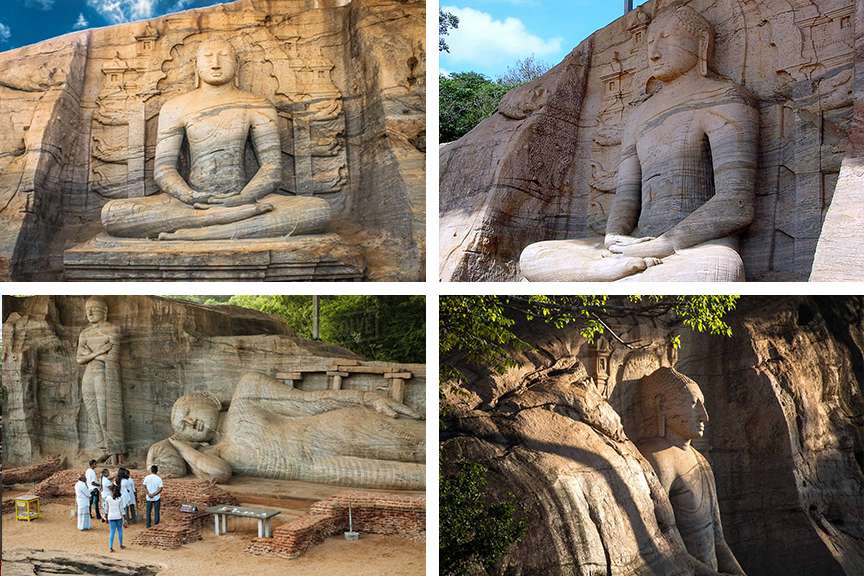
A Glimpse into History
Origins and Significance
Gal Vihara, also known as the “Stone Temple,” was constructed during the 12th century under the reign of King Parakramabahu I. This sacred site was designed to honor the teachings of Lord Buddha and the principles of Theravada Buddhism. It stands as a testament to the artistic and architectural prowess of the ancient Sinhalese civilization.
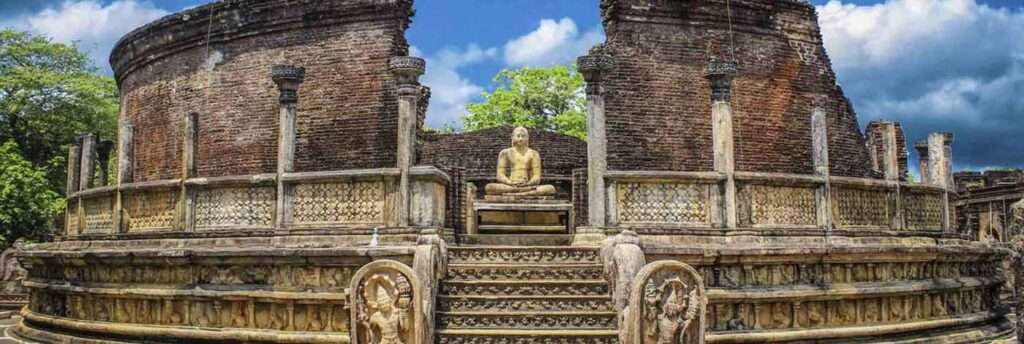
Architectural Splendor
The temple complex consists of four distinct rock-cut statues, each hewn from a single granite rock face. These statues include a standing Buddha, a seated Buddha in meditation, a reclining Buddha, and a smaller figure believed to depict Ananda, a devoted disciple of Buddha. The precision and detail with which these sculptures were carved are awe-inspiring, demonstrating the meticulous craftsmanship of the artisans.
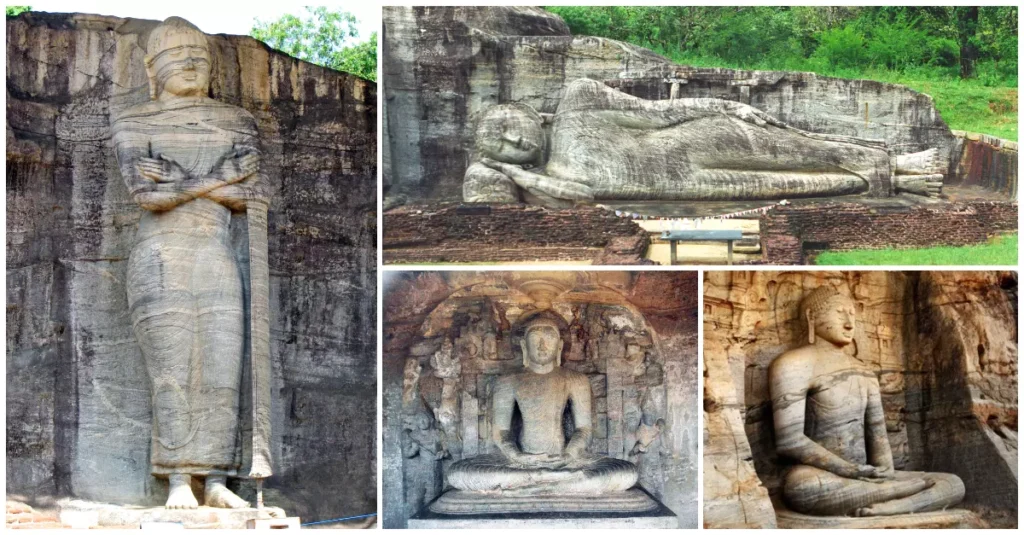
Artistry and Symbolism
The Standing Buddha
The centerpiece of Gal Vihara is the majestic standing Buddha statue, which rises to a height of over 22 feet. This statue, with its serene expression and graceful posture, embodies the virtues of enlightenment, compassion, and inner peace. The intricately carved robe drapery adds a lifelike dimension to the stone figure.

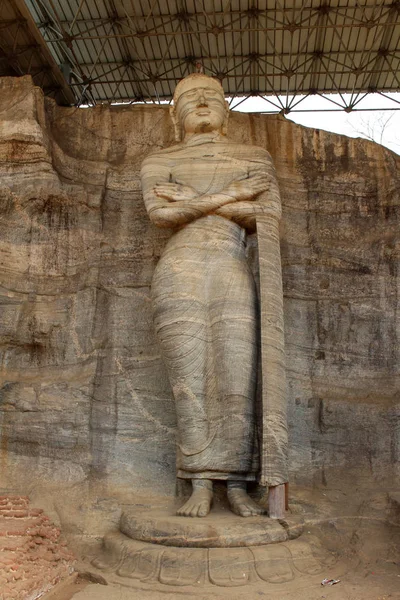
The Seated Buddha
Adjacent to the standing Buddha is the seated Buddha, captured in a meditative pose known as the “Dhyana Mudra.” This posture symbolizes focused contemplation and self-awareness. The facial expression reflects a state of profound tranquility, inviting visitors to share in the spiritual experience.
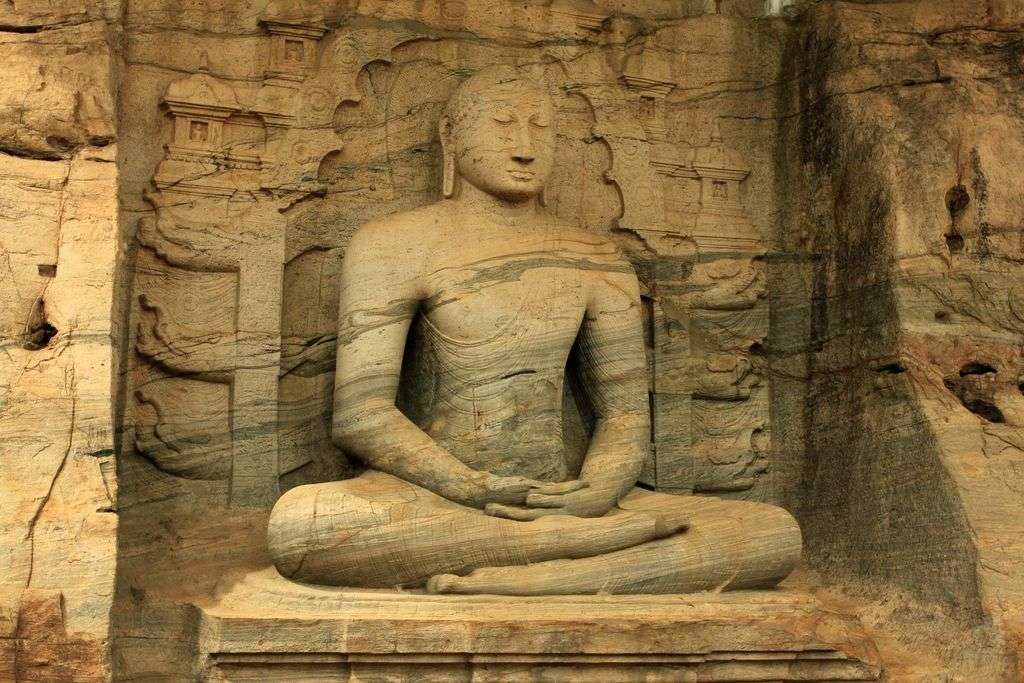
The Reclining Buddha
The reclining Buddha statue, spanning nearly 46 feet in length, portrays Buddha in his final moments before attaining nirvana. The delicate facial features and the graceful curve of the body evoke a sense of serenity, reminding viewers of the impermanence of life and the quest for enlightenment.
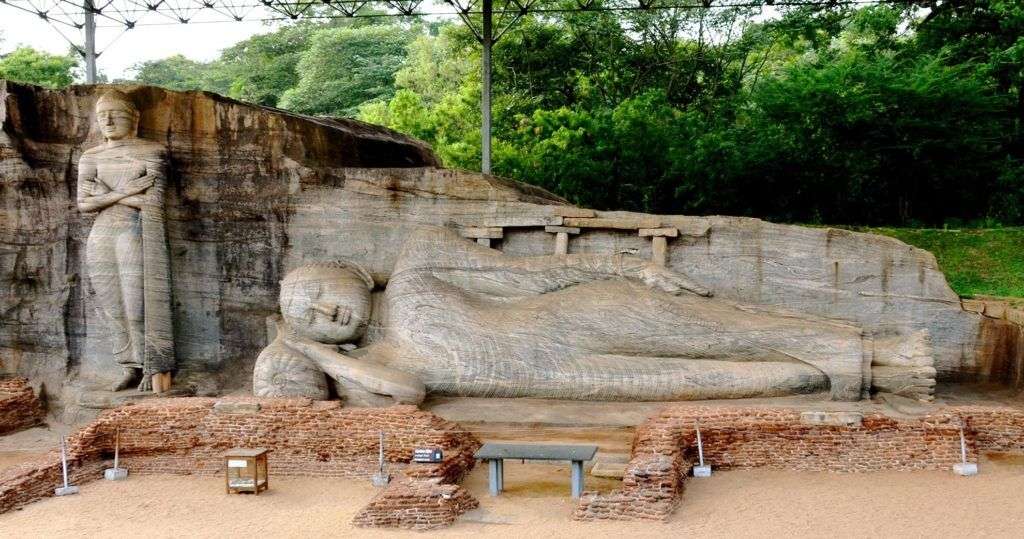
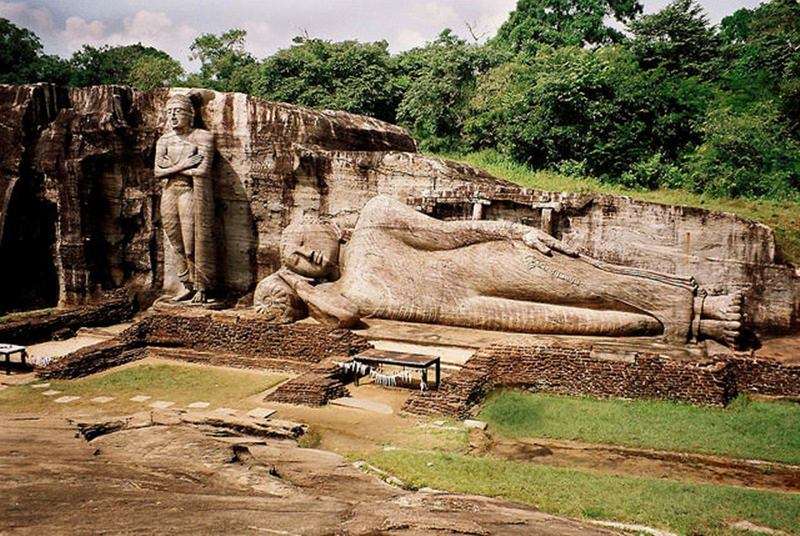
Ananda – The Devoted Disciple
The smaller sculpture of Ananda, positioned near the seated Buddha, exemplifies the essence of devotion and humility. Ananda’s presence serves as a reminder of the significance of a faithful disciple in preserving and propagating the teachings of Buddha.
Cultural and Spiritual Significance
Pilgrimage and Reverence
Gal Vihara has long been a pilgrimage site for Buddhists from around the world. Devotees and tourists alike are drawn to its sacred aura, seeking spiritual solace and a connection to the teachings of Buddha. The statues inspire reflection, meditation, and a sense of awe that transcends language and culture.
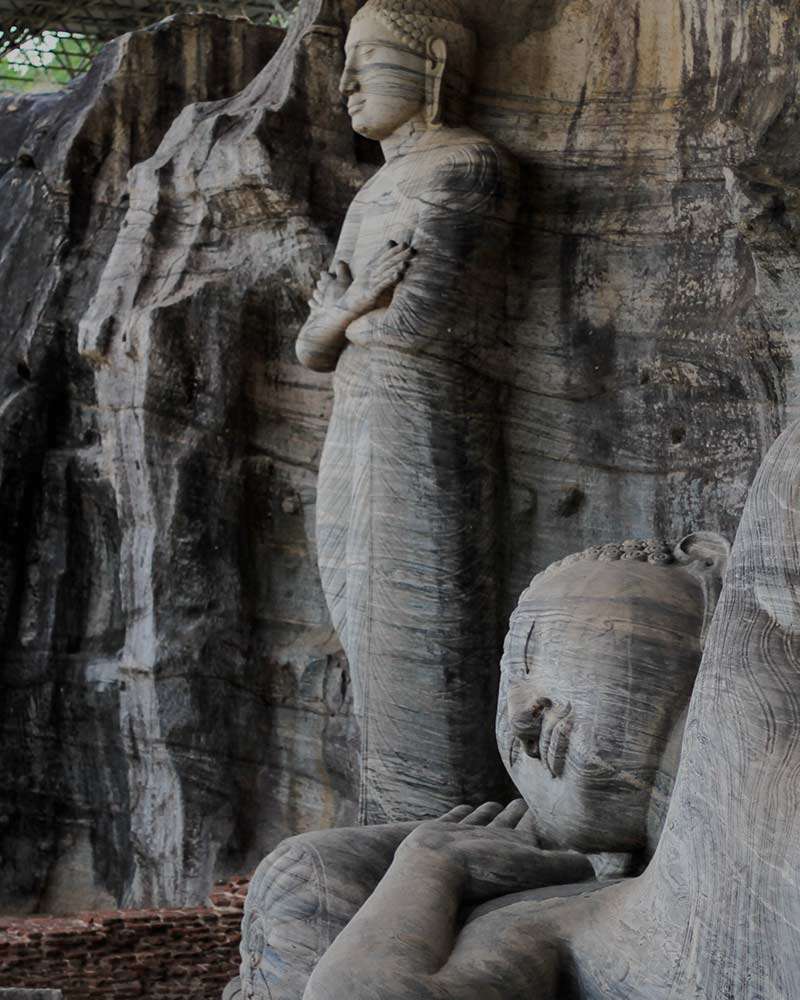
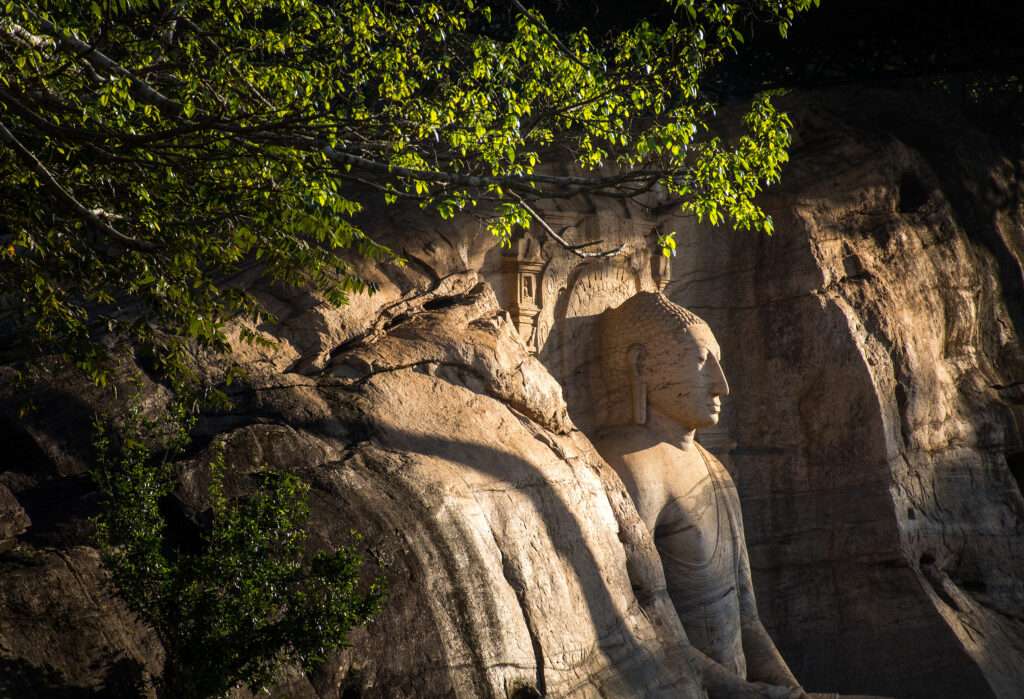
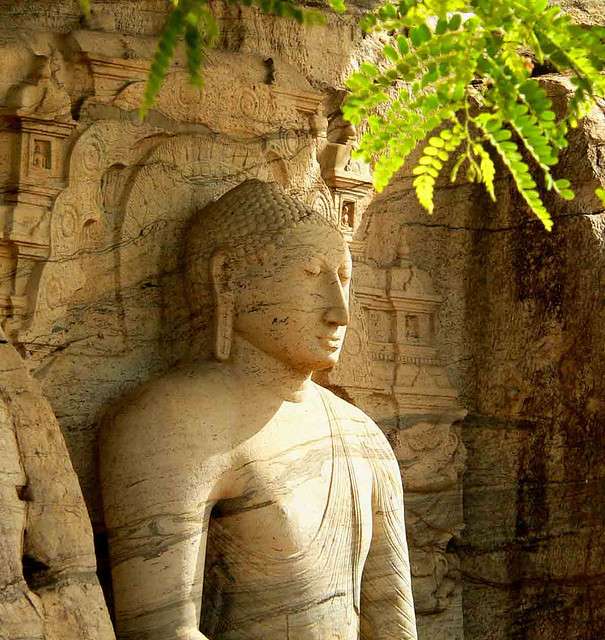
Preservation Efforts
Efforts to protect and preserve Gal Vihara have been ongoing for centuries. The UNESCO World Heritage Site designation has played a crucial role in safeguarding this treasure for future generations. Conservation initiatives and restoration projects continue to ensure that Gal Vihara remains a living testament to Sri Lanka’s rich heritage.
Conclusion
In the heart of Sri Lanka, the Gal Vihara stands as a testament to the artistic brilliance and spiritual devotion of the ancient world. Its timeless statues, each telling a story of enlightenment and compassion, offer a glimpse into the profound teachings of Buddhism. As we stand before these masterpieces of ancient sculpture, we are reminded of the universal quest for meaning and the enduring power of art to connect us with our shared human experience.
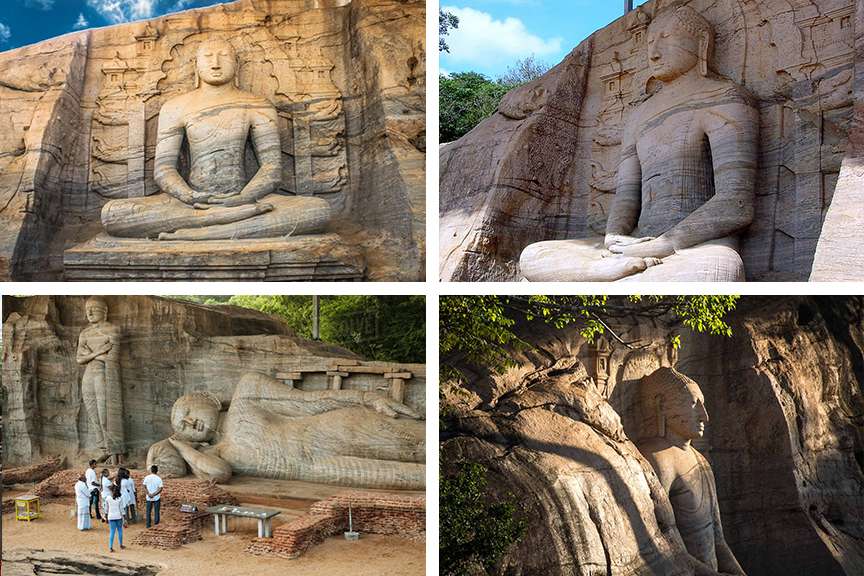
FAQs about Gal Vihara
- What is the significance of the Gal Vihara statues? The Gal Vihara statues hold deep spiritual significance, symbolizing different aspects of Buddha’s journey towards enlightenment.
- How were the Gal Vihara statues carved from a single rock? The sculptures were meticulously carved using chisels and other hand tools by skilled artisans, showcasing their exceptional craftsmanship.
- Can visitors enter the interior of the statues? No, the statues are solid and not hollow. Visitors can only admire the exterior carvings and intricate details.
- Are there any festivals or events celebrated at Gal Vihara? Yes, Vesak, the celebration of Buddha’s birth, enlightenment, and death, is a significant event at Gal Vihara, attracting numerous pilgrims.
- Is photography allowed within the temple complex? Yes, photography is allowed, but visitors are often encouraged to be respectful and considerate while taking pictures.




